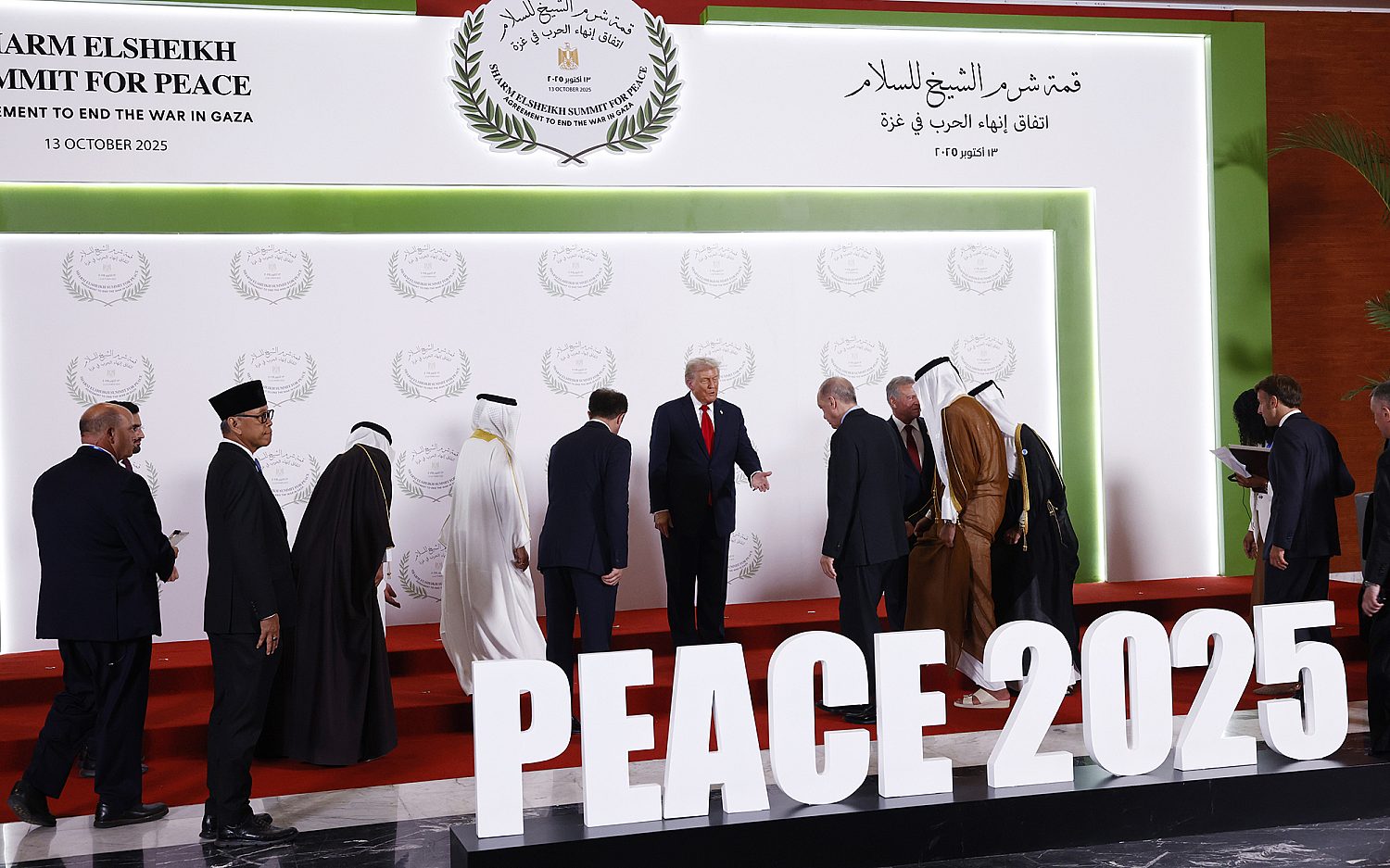Chinese Christians form human shield to protect church
In Wenzhou, a Chinese port city nicknamed “Jerusalem of the East,” thousands of Chinese Christians stood guard around the government-sanctioned Sanjiang Church in early April after government officials marked it for demolition. Parishioners prepared to rally again this week after government officials reneged on a deal with church leaders to leave the building mostly intact.
On Monday, police blocked the road to the church and officials threatened to remove the cross on the church’s roof, turn the first floor into a public parking lot, and use the second floor as a public library, leaving only the church’s third floor for worship, according to International Christian Concern. Christians took to social media on Monday with tips for enduring water cannons and pepper spray, although the protests two weeks ago were peaceful.
“I slept here last night and I will do the same again tonight,” He Hongying, 81, told the Telegraph on April 4. “We pulled two pews together so it was quite all right. We feel at peace and fearless when we are with our God.”
About 15 percent of the 9 million citizens in Wenzhou are Christians, and local officials are typically tolerant of Christianity. According to China’s Global Times, government officials said the demolition is part of a provincial campaign to get rid of illegal buildings, including part of the large Sanjiang Church.
But local Christians see it as an excuse for the larger province to attack the church: “When the Party secretary Xia Baolong visited the local areas, he found the cross on top of the church very conspicuous, so he ordered that it be demolished,” Zheng Leguo, a young leader at Sanjiang Church told Texas-based Christian human rights group China Aid. “Then, the officials from Yongjia county demanded that the church tear down the cross and the top floor of the church.”
Just last September, the same Yongjia government called the gothic-style church a “model project,” according to the Global Times. The 160-foot building is quadruple the size allowed by the government, and after negotiations, church officials agreed to remove two floors from an eight-story annex. They said the April 4 agreement allowed for the church and its cross to remain.
“We admit that many churches are not completely legal,” Wenzhou pastor Zheng Leguo told the Global Times. “This is because the provincial government hardly ever grants permits for large churches. Since there is a need for larger churches here in Wenzhou, it’s been a common practice for churches to be built larger than is permitted and local governments always cut us some slack.”
Some Christians argue the government is targeting them because other illegal structures near the churches were not marked for demolition, according to the Global Times. Zhejiang is considered the most Christian region in China, which has concerned some Communist officials. Feng Zhili, the chairman of Zhejiang’s ethnic and religious affairs committee, said Christianity’s growth had been “too excessive and too haphazard,” according to the Telegraph.
Seven other Wenzhou churches, some of which are unregistered house churches, still faced demolition or rectification orders, China Aid said on April 11.
The Chinese government only recognizes Buddhism, Daoism, Islam, Catholicism, and Protestantism, and each must be part of a state-sanctioned “patriotic religious association.” Political office is not an option for religious citizens, since atheism is required for Communist Party membership.
Although China’s constitution claims citizens have “freedom of religious belief,” the U.S. State Department’s 2012 report on religious freedom in China said it does not meet international standards of human rights.
An actual newsletter worth subscribing to instead of just a collection of links. —Adam
Sign up to receive The Sift email newsletter each weekday morning for the latest headlines from WORLD’s breaking news team.





Please wait while we load the latest comments...
Comments
Please register, subscribe, or log in to comment on this article.